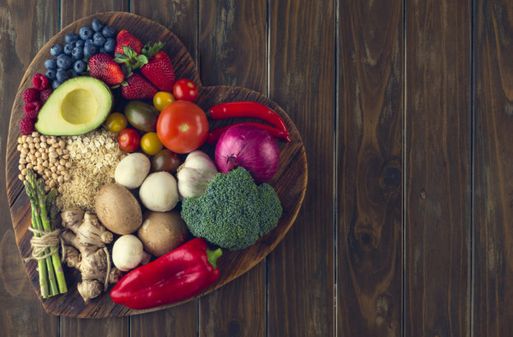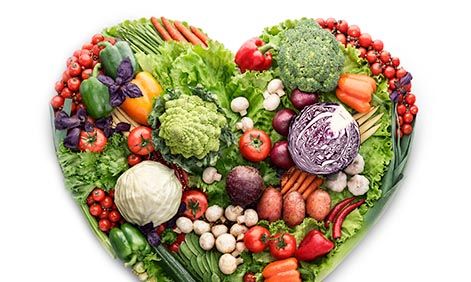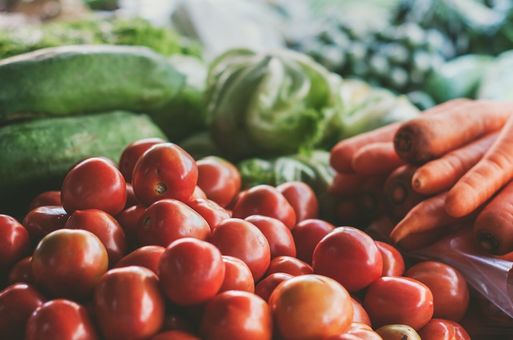The Farmer's Market
Breakfast Daily
At The Farmer’s Market you can get your basic everyday fruits and vegetables like Tomatoes, Lettuce, and Cucumber; your fancy fruits like Strawberries, Raspberries, Blackberries, Blueberries, Pomegranates, Grapes, and Apples; your widest range of herbs and medicinal vegetables like Mint, Coriander, Sage, Broccoli, Celery and Kale and many more. If you want nuts and seeds like Almonds, Chia seeds, Walnuts, Macadamia, hazelnuts, Sunflower Seeds, and Cranberries, then your shop of choice should be The Farmer’s Market.
How To Buy Online on The Farmer's Market Website
1. Visit our
webpage www.thefarmersmarketgh.com
Quality fresh fruits, vegetables and healthy foods delivered with outstanding customer service.
Good Buy
Broadest range of quality farm fresh fruits and vegetables; nuts and seeds; and complementary healthy foods.
Farm Fresh
TFM mission is to be the number one destination for the widest range of quality fresh fruits, vegetables and healthy foods delivered with outstanding customer service. Assuring clientele of quality produce is undertaken through careful management of the supply chain from farm to fork with the aim of providing a complete solution to the supply of fruits and vegetables in Ghana and beyond, setting the pace in quality standards enforcement, creating value and market access to
farmers for quality produce, providing consumers a convenient environment to access quality and affordable produce, and branding in the fresh produce business.
Healthy with The Farmer's Market
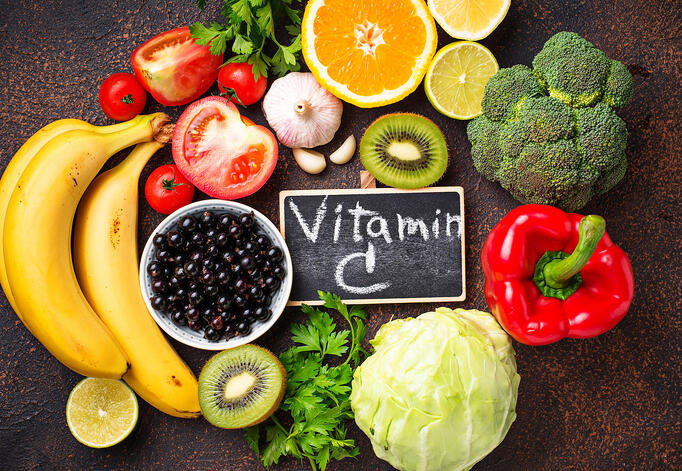
Vitamin C: How Much and Which Sources Are Best for Boosting Immunity?
What Vitamin C Can Do for You
Vitamin C, also called ascorbic acid, is not made by our bodies. We must take in this vitamin in our diet. It is needed for not only immune function but also for these uses:
- Form collagen (skin, tendons, ligaments, and blood vessels),
- Repair and maintain bones and teeth
- Heal wounds and form scar tissue
- Aid in iron absorption
It can also help prevent cancer as an antioxidant by blocking damage that we are exposed to from air pollution, cigarettes, and UV rays from the sun.
Vitamin C deficiency is extremely rare today, but in the mid-1700s scurvy in sailors was very prevalent. Those at risk of low vitamin C intake are smokers, those with medical conditions that affect absorption (cancer cachexia), and individuals with little variety in their diets.
How Much Vitamin C Do You Need?
The recommended Dietary Allowance for men is 90 milligrams per day and 75 milligrams per day for women. Fruits and veggies are the best sources of vitamin C—especially citrus fruits. It can be destroyed by heat, so cooking slightly reduces your intake. However, most of our best sources of vitamin C are consumed raw naturally, and we usually do not have to worry about this. To get a better idea of how to meet your daily requirements with food, here are the vitamin C contents of some common fruits and vegetables that are good sources:
- Red bell pepper (½ cup, raw): 95mg
- Orange, 1 medium: 70mg
- Green bell pepper, ½ cup raw: 60mg
- Broccoli, ½ cup cooked: 51mg
- Cantaloupe, ½ cup: 29mg
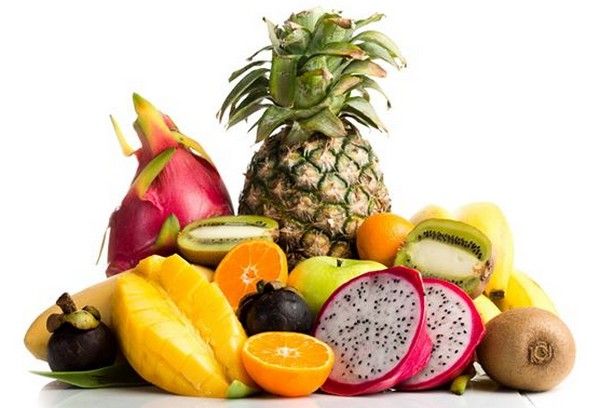
Are You Eating Enough Fruits, Vegetables, and Other Whole Plant Foods?
Promote Gut Health with Whole Plant Foods
To create a healthy gut microbiome (meaning the trillions of bacteria that live in your digestive tract), increase the variety of whole, plant foods in your diet. found that individuals who ate 30 or more different types of plant foods every week had gut microbiomes that were more diverse than those who ate 10 or fewer types of plant foods every week. A healthful plant-based diet improves the health and diversity of your gut microbes and may help prevent conditions like obesity, heart disease, inflammation, and diabetes by turning the genes on and off that affect these conditions.
The American Gut Project
How to Eat More Fruits and Vegetables
I often find myself picking out the same fruits and veggies every week, and this has made me stop and think about what’s in my shopping cart—if I bring it home, I will usually eat it! Freezing fruit and veggies is also a great way to make sure nothing goes to waste before it’s used. Below I offer some advice on how to add more plant foods into your weekly routine. I would also like to challenge you to see how many different fruits and vegetables you can eat this week—anything that is whole plant food and that you eat a decent portion of counts. The goal is to not only increase plant foods in your diet but also diversity.
- Aim to include a piece of fruit and one vegetable at every meal—including breakfast! Instead of a fried egg on a piece of bread, scramble the egg with spinach, mushrooms, or onions. For an even bigger impact, replace your egg with soy and make a tofu scramble.
- Eat two meatless meals during the week. Replace your animal protein with beans or lentils, or try making your own veggie burger.
- Make snack time a chance to shine. Skip the vending machine and bring carrot sticks with hummus, a piece of fruit, dehydrated fruit, or mixed nuts.
- Try smoothies. Smoothies are a great way to disguise vegetables if you have trouble hitting your goals. Add spinach, kale, avocado, or celery to a smoothie. The strong flavour of the fruit hides most of the flavour of these greens and eliminates issues with texture many people face with avocado.
- Ditch refined grain products like noodles, white bread, and white rice. Try spaghetti squash or zucchini noodles in place of spaghetti noodles, or try cauliflower “rice” in place of white rice. Instead of crackers or bread, use sliced cucumbers for crackers or Portobello mushrooms, peppers, apples, or lettuce for wraps/bread.
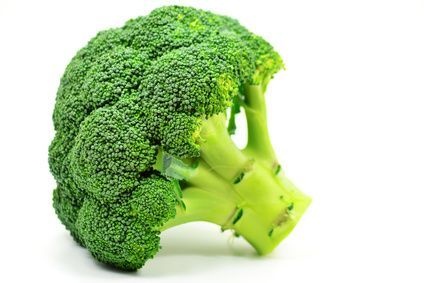
Health Benefits of Broccoli
Broccoli is a rich source of multiple vitamins, minerals and fibre. Different cooking methods may affect the vegetable’s nutrient composition, but broccoli is a healthy addition to your diet whether cooked or raw
Broccoli contains several bioactive compounds that demonstrate an anti-inflammatory effect in animal and test-tube studies. However, more human research is needed.
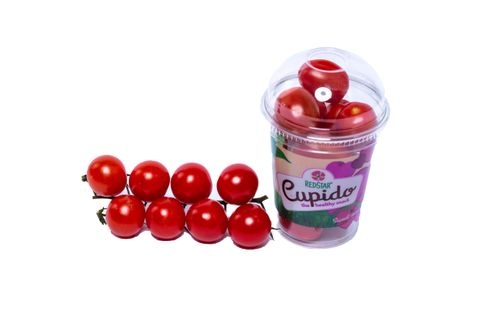
Tomato Cherry Red
Fresh tomatoes are low in carbs. The carb content consists mainly of simple sugars and insoluble fibres. These fruits are mostly made up of water.
Lycopene is one of the most abundant plant compounds in tomatoes. It’s found in the highest concentrations in tomato products, such as ketchup, juice, paste, and sauce.
Studies show that tomatoes and tomato products may reduce your risk of heart disease and several cancers. This fruit is also beneficial for skin health, as it may protect against sunburns.
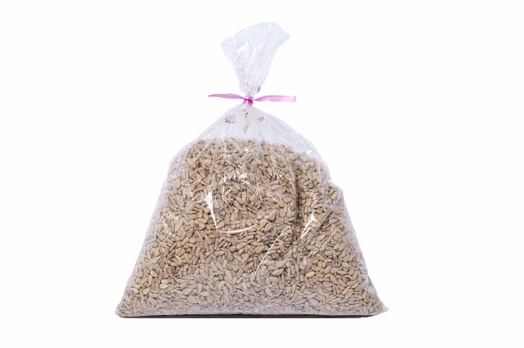
Flax Seeds
Flax seeds are good sources of many nutrients. Their health benefits are mainly due to their content of omega-3 fats, lignans and fibre.
Flax seeds are good sources of many nutrients. Their health benefits are mainly due to their content of omega-3 fats, lignans and fiber.
Flax seeds contain a group of nutrients called lignans, which have powerful antioxidant and estrogen properties. They may help in preventing breast and prostate cancer, as well as other types of cancer.
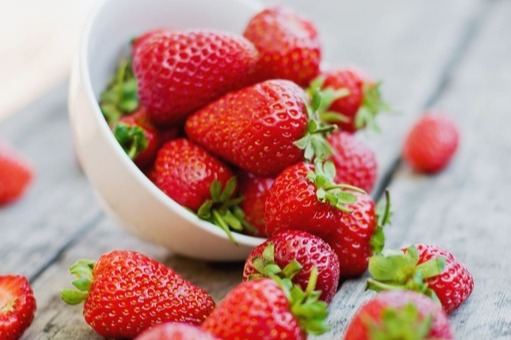
Strawberries
once again on our tables with the advent of April, strawberries are both delicious and healthy! Strawberries contain minerals such as calcium, iron, phosphorus, potassium, selenium, sodium, manganese, and magnesium and are also a good source of folic acid and vitamin C. Its rich fiber content is all the more reason to make strawberries a staple item in your diet.
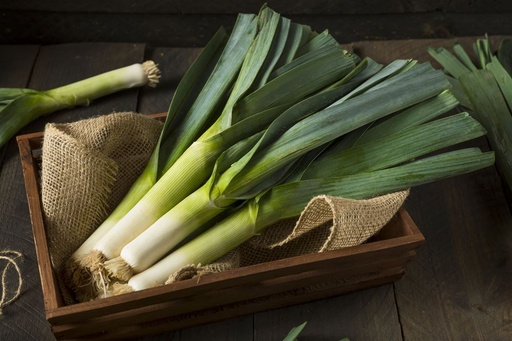
Leek
Leeks are rich in fiber and are a good source of antioxidants. Containing vitamins A, C, E, K, B3, B5, and B9 and precious minerals like calcium, potassium, iron, magnesium, phosphorus and sodium, leeks are vital for the metabolism and overall health.
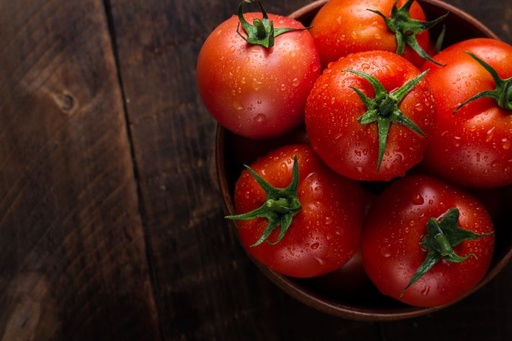
Tomatoes
The staple item of our tables, tomatoes are actually fruits of spring generally appearing in early May. Rich in vitamins A and C, tomatoes contain a lot of nutrients, including folic acid, alpha lipoic acid, lycopene, choline, beta-carotene and lutein. Make tomatoes, a power house of antioxidants, a part of your daily diet during spring months
